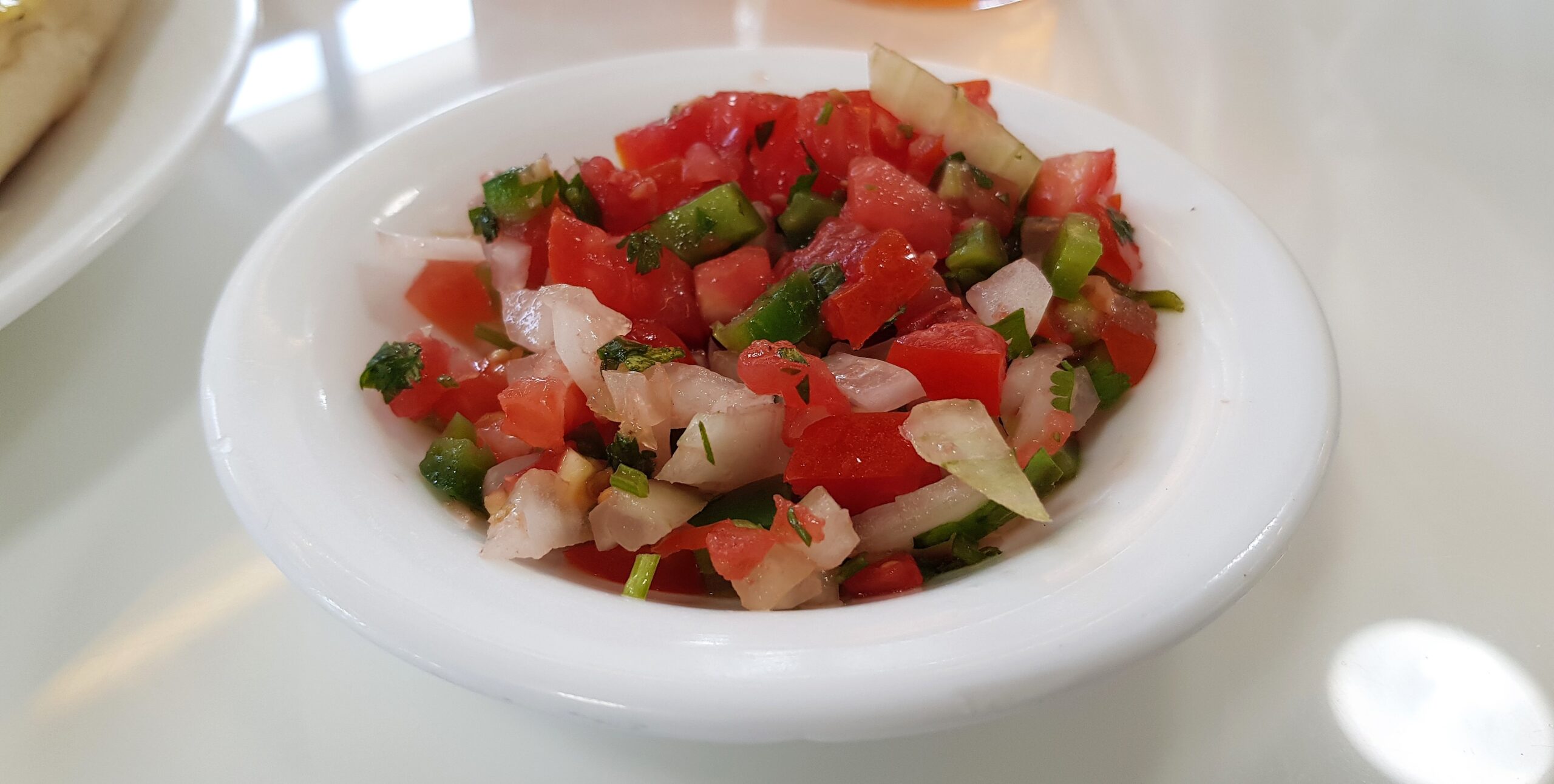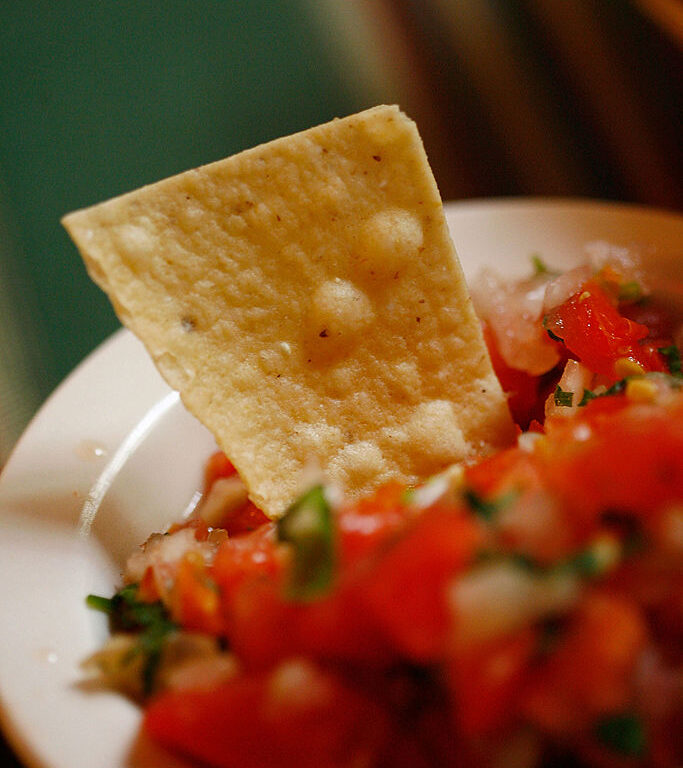
The main staple of Mexican cuisine is salsa, a sauce that comes in different interpretations including spicy, thick, mild or creamy. But there is one unique salsa, even among such variety — the “pico de gallo” (rooster’s beak).
Pico de Gallo is not a liquid sauce, but a solid one, and its spiciness can vary. Its preparation varies depending on the region, but the main ingredients of tomato, onion and green chili are universal. Pico de Gallo is Mexico’s flagship salsa, as it includes the colors of the country’s flag.
No one knows for sure, however, where the salsa got its name. Some believe the phrase “pico de gallo” refers to its presentation, with the ingredients chopped up in small squares as if a rooster had pecked them. Another possible theory is that the name is a play on words, referring to its spiciness.
The “Larousse Diccionario Enciclopédico de Gastronomía Mexicana” (Larousse Encyclopedic Dictionary of Mexican Gastronomy) associates the salsa with a salad given to poultry. The book “Authentic Mexican: Regional Cuisine from the Heart of Mexico” states that the salsa name came from its resemblance to poultry food.
However, Sharon Tyler Herbst, an American author of various cookbooks, has insisted that the name came from how people used to eat it. Long ago, people would pinch small portions of the salsa with their thumbs and forefinger, mimicking a rooster beak’s shape. On the other hand, inhabitants of Sonora, Mexico, say that the name comes from the use of serrano chili, which looks like the shape of a rooster’s beak.

The must-have Mexican side dish!
Many Mexican restaurants do not consider pico de gallo to be salsa, but instead a side dish or a light salad. A Mexican popular breakfast dish, the Molletes, is universally served with a fair amount of pico de gallo. Molletes are made by smearing beans on a slice of bread and adding manchego cheese on top. Molletes can also have different variations that include ham, chorizo or chilaquiles.
In some Mexican states, pico de gallo can also incorporate mango, radishes, watermelon, jicama or orange. In Yucatan, however, pico de gallo is known as “hocico de perro” (from the Mayan “x’nipec,” or “dog’s snout”) and uses habanero bell pepper instead of green chili. Yucatec restaurants offer hocico de perro as a snack, served with salt, lemon and chili powder.
“Pico de Gallo is a unique salsa, as the vast majority of salsas are liquid, not solid. It is also good for stews, which would normally not have any amount of salsa, and it is not grounded in a blender, but just chopped up. However, in Mexican Taquerias, they serve gico de Gallo as just another salsa. In ‘El Sabroso,’ instead of regular green chili, we put habanero, which highlights its flavor even better,” said Ismael Lara Mora, owner of the Taqueria “El Sabroso.”
“There are times when we serve waiting customers some totopos with pico de gallo so that they taste a little of our salsa before we serve them their tacos. Sometimes, they like the flavor so much that they ask for some extra pico de gallo to finish their totopos,” said Lara Mora.

Other names for pico de gallo are “salsa cruda” (raw salsa), “salsa picada” (chopped salsa), “salsa fresca” (fresh salsa), “salsa Mexicana” or “salsa Bandera” (flag salsa). Because of the chopped ingredients, the flavor it has is unique. Nowadays, pico de gallo stands out due to its unparalleled taste, which has landed it on restaurant menus worldwide.
(Translated and edited by Mario Vázquez. Edited by Carlin Becker)
The post How Is the Popular Mexican Salsa ‘Pico de Gallo’ Made? appeared first on Zenger News.
